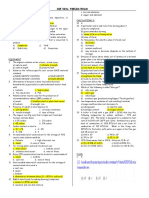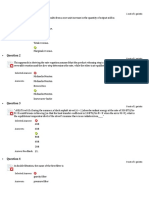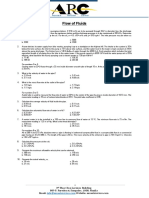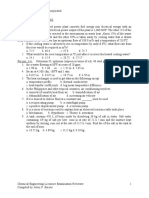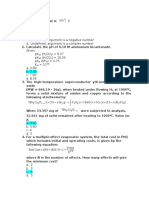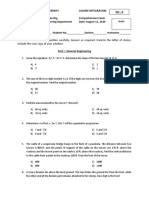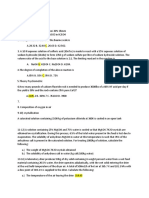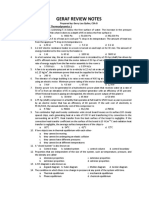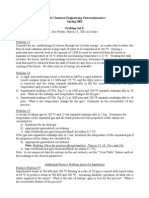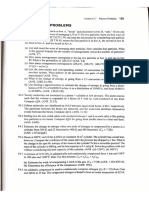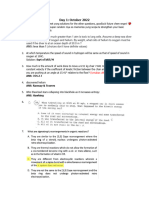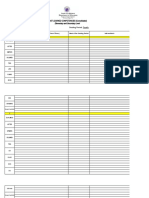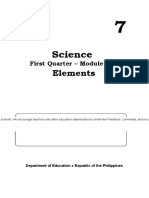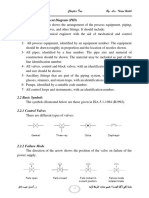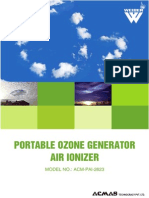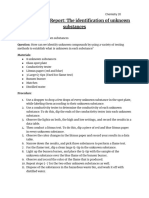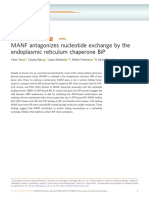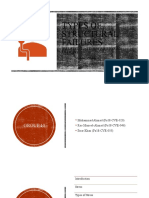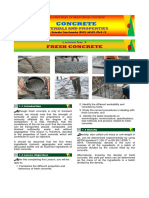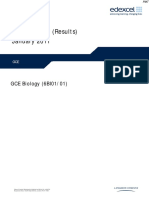0% found this document useful (1 vote)
583 views25 pagesSample Problem Thermo
The document provides information and calculations to solve three sample problems regarding heat of reaction.
Problem 1 calculates the heat of reaction of 4NH3(g) + 5O2(g) producing 4NO(g) + 6H2O(g) at 250C to be -216 kJ.
Problem 2 calculates the heat of reaction of C(s) + H2O(l) producing H2(g) + CO(g) at 250C.
Problem 3 calculates the heat of reaction of CH4(g) + 2H2O(g) producing CO2(g) + 4H2(g) at 250C.
Uploaded by
Jonnah Faye MojaresCopyright
© © All Rights Reserved
We take content rights seriously. If you suspect this is your content, claim it here.
Available Formats
Download as DOC, PDF, TXT or read online on Scribd
0% found this document useful (1 vote)
583 views25 pagesSample Problem Thermo
The document provides information and calculations to solve three sample problems regarding heat of reaction.
Problem 1 calculates the heat of reaction of 4NH3(g) + 5O2(g) producing 4NO(g) + 6H2O(g) at 250C to be -216 kJ.
Problem 2 calculates the heat of reaction of C(s) + H2O(l) producing H2(g) + CO(g) at 250C.
Problem 3 calculates the heat of reaction of CH4(g) + 2H2O(g) producing CO2(g) + 4H2(g) at 250C.
Uploaded by
Jonnah Faye MojaresCopyright
© © All Rights Reserved
We take content rights seriously. If you suspect this is your content, claim it here.
Available Formats
Download as DOC, PDF, TXT or read online on Scribd
/ 25




